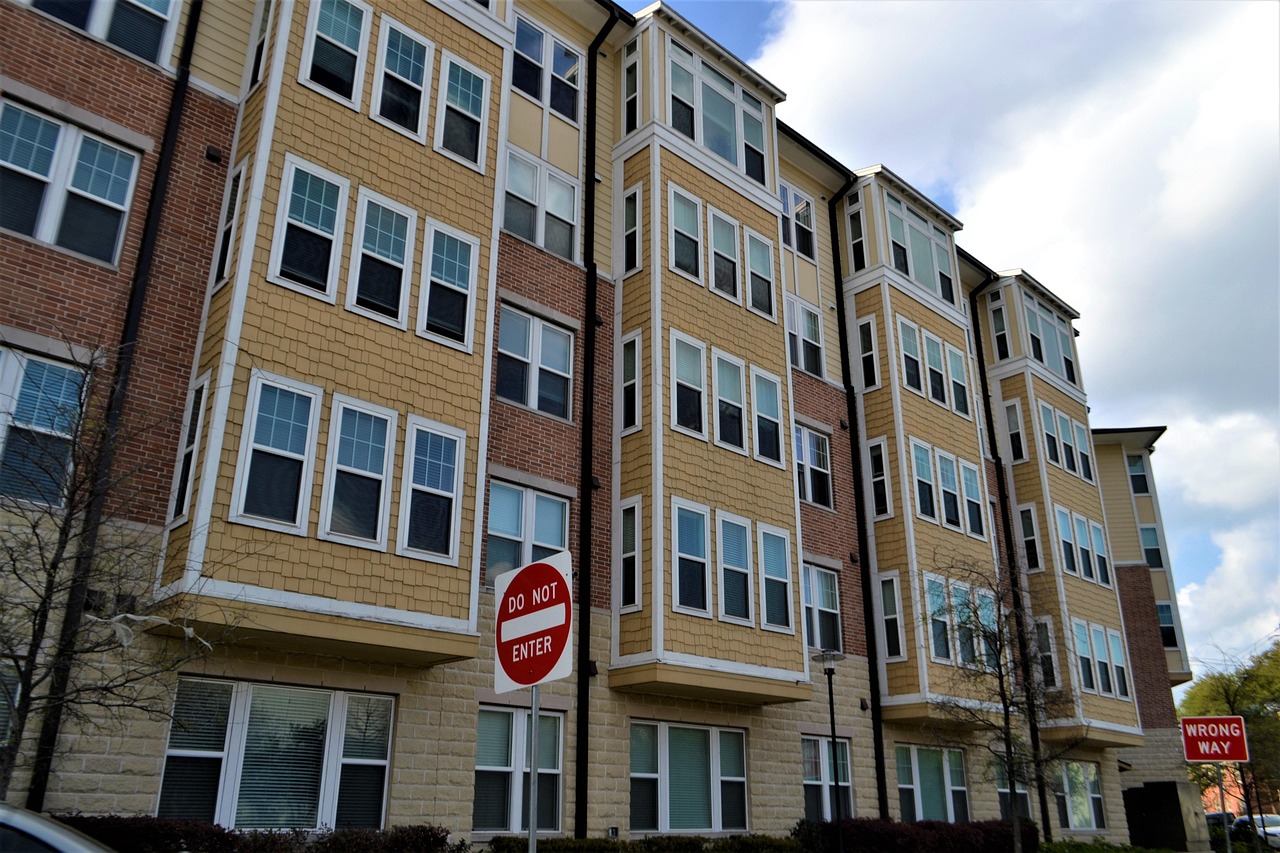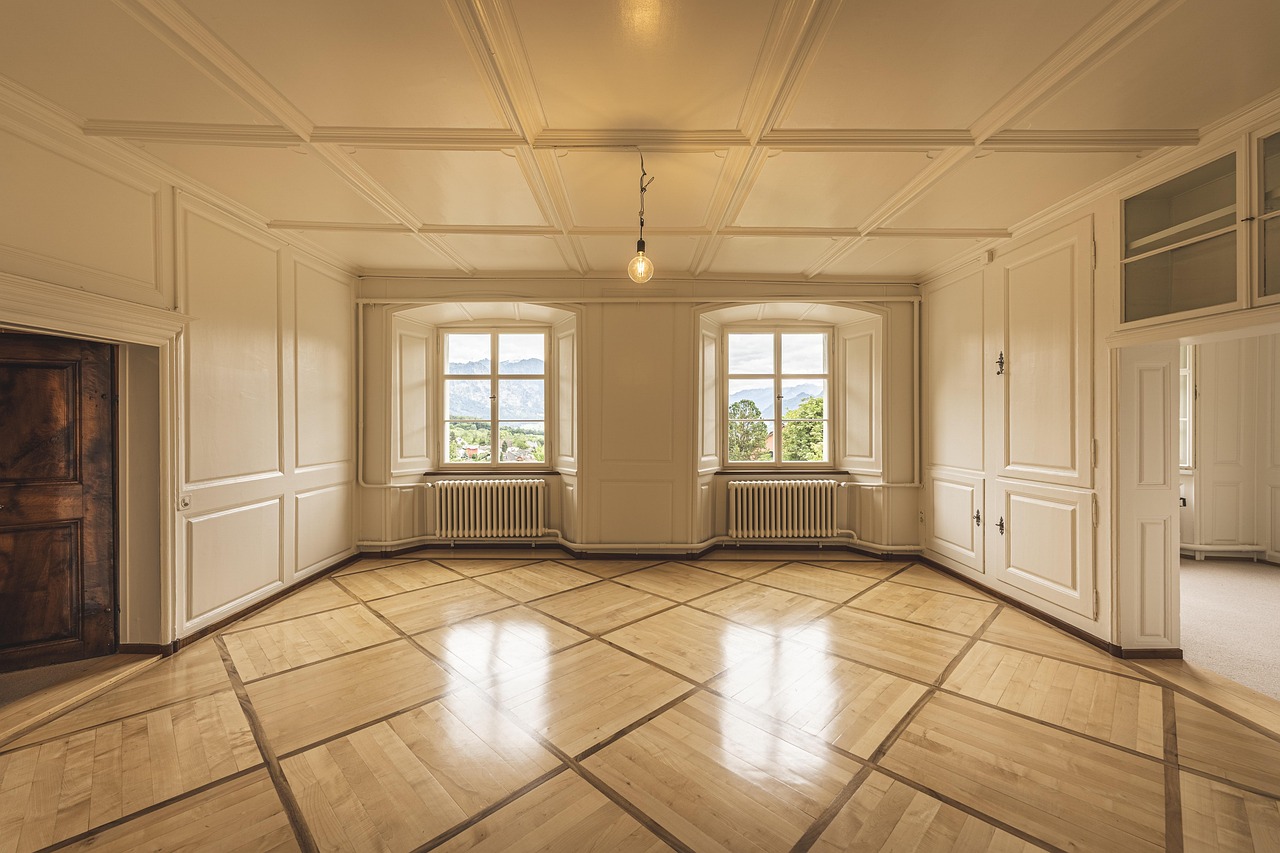The Current House Flipping Boom Is Real but Slowing

Picture this: you walk into a rundown house and see dollar signs everywhere. That’s the house flipper’s dream, and right now it’s playing out across America in fascinating ways. Attom Data Solutions reports a 27.5% return on investment, translating to around $66,500 in profit for successful flips. But here’s the reality check – in 2023, the market faced hurdles due to rising inflation and interest rates, leading to a slowdown in house-flipping activity. The golden days aren’t exactly over, but they’re certainly different than the wild years we’ve seen before. The average return on investment (ROI) for house flipping in Q3 2024 was 28.7% · The average gross profit for house flipping in Q3 2024 was $70,250. Smart investors are still making serious money, but it’s requiring more skill and patience than throwing darts at a board.
Rental Properties Deliver Steady Returns Without the Drama

In 2024, the average real estate return on rental property is 10.6% while the average commercial real estate ROI is 9.5%. Think about that for a second – while your friend is sweating over permit delays and contractor nightmares, rental property owners are collecting checks month after month. The beauty of rentals lies in their predictability. Renting an investment property usually produces less upfront income but generates income consistently over a long period of time. In other words, your rental property will produce passive income, especially if you hire a property management team to handle finding quality tenants and maintaining them and the property. It’s like having a steady job that pays you while you sleep, versus gambling on a big jackpot that might or might not come through.
The Time Factor Makes or Breaks Your Strategy

Time is money, but in real estate investing, time is everything. The average time to flip a home is around 166 days, during which you’re paying carrying costs, dealing with contractors, and praying nothing goes catastrophically wrong. Compare that to rental properties, where the typical ROI for a long term rental property is anywhere from 4 to 10%, and anything above 12% is considered well above average. Rental investors can literally go on vacation while their properties generate income. Unlike long-term rental properties, house flipping has a shorter investment horizon. This can be appealing to investors seeking quicker returns on their capital. But shorter doesn’t always mean better – it just means more intense pressure and higher stakes.
Tax Implications Hit Flippers Hard

Here’s where things get brutal for house flippers. The IRS classifies house flipping gains as active income, not passive income like rental income. This means the real estate investor will pay taxes within their ordinary income tax bracket. That’s not all – along with paying personal income tax (which can go as high as 37%), real estate dealers will need to pay an additional 15.3% self-employment tax. Imagine making a $100,000 profit on a flip and watching over half of it disappear to taxes. Meanwhile, rental property owners enjoy more favorable tax treatment. The tax treatment of active income differs from passive income, which is income generated from rental properties. Rental owners can deduct depreciation, maintenance costs, and other expenses that significantly reduce their tax burden.
Market Volatility Affects Both Strategies Differently

Market volatility The success of house flipping is closely tied to the real estate market’s health. When markets crash, flippers get crushed – they’re holding expensive inventory that suddenly nobody wants. Rental properties, however, tend to weather storms better. Property owners enjoy a consistent return on rentals over time, particularly with homes that have already been paid off. When comparing the two real estate ventures, renting is similar to receiving dividends from stocks over time, whereas flipping is betting on the market. Think of 2008 – while house flippers went bankrupt overnight, many rental property owners simply rode out the storm with slightly lower rents but continued cash flow.
Capital Requirements Tell a Different Story

Let’s talk money – real money. House flipping demands significant upfront capital and often leaves you completely exposed. Flipping a home requires a significant investment of time and money. You need to invest substantial upfront sums to make this venture successful. But here’s what most people don’t realize about rentals: you can start with much less money down. Suzanne Moore, founder and investment-focused real estate agent at Central Oregon Investor Institute, said that investing in real estate is accessible to anyone and that you don’t need a lot of money to get started. With rental properties, you can leverage financing to control expensive assets with relatively small down payments. While this ROI is lower than our cash example, you’ve invested significantly less of your own money ($40,000 vs. $120,000). This allows you to purchase multiple properties and build your portfolio faster.
The Wealth Building Equation Favors Long-Term Thinking

Here’s where rental properties really shine in the wealth-building department. Long-term real estate ownership is a proven method of amassing wealth, as property values typically rebound after periods of decreasing prices. While flippers make money on individual deals, rental property owners build equity over decades. The longer you hold onto your rental property, the more equity you will build. As the value of your rental increases year after year, so can your rent. If you decide to sell the property down the road, you can enjoy a sizeable return. It’s the difference between having a good year and building generational wealth. Think about it – every month your tenants pay down your mortgage while inflation increases your property value and rental income.
Passive Income vs Active Hustle Changes Everything

The lifestyle difference between these strategies is night and day. One key distinction between buying and holding and flipping properties is that the former can provide you with passive income, while the latter offers active income. Passive income is money earned on investments that continue to make money without any material participation on your part. House flippers are essentially running a business – they’re dealing with contractors, permits, inspections, and constantly hunting for the next deal. It is still a business that you engage in—finding a property to flip, purchasing it, obtaining insurance, overseeing contractors, managing the project, and more. In this sense, flipping isn’t just an investment strategy like buying and holding stocks or real estate. Rental property owners, especially those using property management companies, can literally make money while traveling the world.
Risk Profiles Couldn’t Be More Different

Risk tolerance should drive your investment choice, and these strategies sit on opposite ends of the spectrum. Conversely, a flipper facing a worst-case scenario may encounter serious financial challenges after a single poor investment decision. One bad flip can wipe out years of profits or even bankrupt inexperienced investors. Rental properties spread risk over time and multiple income sources. For rental properties, the worst case might involve difficulty finding residents or dealing with property damage. In such cases, property owners can take legal action or hire a professional property management company to assist with marketing and resident responsibilities. Even a nightmare tenant situation is manageable and recoverable, unlike a catastrophic flip that goes wrong.
The Real Numbers Game: Actual Investor Experiences

Let’s cut through the hype and look at what real investors are making. Rental owners make a median of roughly $123,000 annually or approximately $2,500 per unit per year, based on the study median of 49 units. House flippers make significantly more, with a median annual income of nearly $174,000. But here’s the catch – that higher flipper income comes with massive time investment and stress. 41% of residential real estate investors report that they make more income from real estate investing now than a year ago, while another third (34%) say they’re making about the same. Only 14% report making less in real estate investments than a year ago. The consistency factor heavily favors rental properties for building sustainable wealth over time.
Market Trends Point Toward Rental Dominance

The demographic winds are blowing strongly in favor of rental properties. “We are witnessing a massive surge in renters, driven by factors like rising student loan debt delaying homeownership for millennials and a preference for flexibility among Gen Z,” Mullins told GoBankingRates. “With a growing renter pool chasing a potentially limited supply of rental units, vacancy rates are likely to stay low, which translates to consistent rental income for property investors”. Meanwhile, house flipping is getting harder. These statistics reveal how returns have generally declined from their 2016 peak of 49.2% ROI to the current average of approximately 28-30%, while dollar profits have remained relatively stable at $65,000-$75,000 per property in recent years. The golden age of easy flipping profits is clearly over, while rental demand continues to surge.
Geographic Factors and Market Selection

Location strategy differs dramatically between these approaches. House flipping remains profitable despite cooling from 2022 peaks, with significant regional return variations (80%+ ROI in Pennsylvania versus single digits in Texas markets). Flippers need to constantly chase hot markets and compete with other flippers, often driving up property prices. Rental investors can succeed in stable, affordable markets where flippers wouldn’t bother looking. Specifically, if national economic growth remains strong, over the next five years (from 2024 to 2029), we might see a 17% total increase in home values. However, you should understand that regional variations will play out. So, if you were making decisions based on appreciation rates, you’d want to consider your specific market. This geographic flexibility gives rental investors more options and less competition for properties.
The Financing and Leverage Advantage

Smart money management separates successful investors from dreamers. 58.3% of home flips were purchased with cash, while 41.7% were purchased with financing, which means flippers often tie up enormous amounts of capital in single deals. Rental property investors, however, can use leverage to amplify their wealth building. The equity created in a real estate investment provides an excellent base for financing other investment opportunities. Instead of borrowing to get the capital to invest (i.e., buying stocks on margin), investors can borrow against their equity to finance other projects. This means one successful rental property can become the foundation for acquiring multiple properties, creating a snowball effect that compounds wealth over time. With the assistance of the right property management company, landlords can successfully benefit from multiple rental properties at once. Flippers, on the other hand, commonly invest in one house at a time, banking on a high return rate at the end to pay the bills.
The data overwhelmingly shows that while house flipping can generate quick profits for skilled investors, rental properties build more sustainable long-term wealth. The combination of steady cash flow, favorable tax treatment, passive income potential, and compounding equity growth makes rental properties the clear winner for wealth building. Sure, you might not get rich overnight, but you’ll sleep better knowing your investments are working for you rather than keeping you awake worrying about construction delays and market crashes. Isn’t building lasting wealth worth more than gambling on quick wins?




